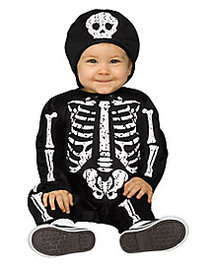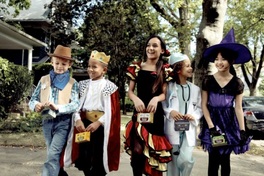By: Marena S.
Working in groups of people has been something that has been thrown upon us since High School. We hate it because there are always those people who don’t do work. Then there are people who do all the work for you and then give you a bad grade for the work you did. But when it comes to therapy it becomes a new concept. Within groups there is power. I don’t mean power as in one person controls the group or someone like a president. Groups provide support, support to know that you are not in your situation alone. It gives you and other members a chance to expose yourself and receive validation from others. Getting feedback and constructive criticism is another excellent outcome of group work. Groups feel like a safe space to talk about your experiences and feelings. When in later stages of group, it can be very non-judgmental and family like.
Currently I participate in a support group for middle school students dealing with bereavement at a place known as Ele’s Place. I also participate in a teen girl’s therapy group whom have been through sexual assault, physical assault, or both here at Care House. I have never been able to be a part of a more rewarding and educational experience than these groups. Every time group is run I learn something new about myself and learn something new about other members in the group. I get to witness how they open up, how they have a breakthrough in their trauma, an Ele’s Place moment*, and I get to see how group members open up to each other where in other circumstances they may not. Being able to be in the presence of these amazing kids/teens is honorable. To hear their stories and being able to be there for them in any way they see fit is service enough for me. It is truly amazing to see the little moments of “yes I can” or “yes I am strong” or “yes I can overcome this.” Because at the end of the day if even only one of those things happen with only one child, I know I have made an impact in someone’s life enough for them to finally feel some hope. Hope is a healing medicine and groups can provide that.
Care House has given me a wonderful opportunity to not only be a part of a therapy group but to also witness and hear the amazing work the other staff members are doing. I could not think of any better way to spend my time than to be with people like the ones at Care House. I love being surrounded by compassionate, loving, dedicated, and hardworking people. Social work is my passion and I have found passion in groups.
Ele’s Place moment* = when a child has a breakthrough and talks about their grief, whether it is positive or negative they have opened up more than they have in the past.
References:
Group Psychotherapy:
http://nationalpsychologist.com/2012/01/what-is-the-power-of-group-psychotherapy/101603.html
More on the Power of Groups:
http://lyceumbooks.com/pdf/AEAGW-Chap1.pdf
Social Workers and Group Work:
http://www.iaswg.org/practicing-group-work-strategies
Working in groups of people has been something that has been thrown upon us since High School. We hate it because there are always those people who don’t do work. Then there are people who do all the work for you and then give you a bad grade for the work you did. But when it comes to therapy it becomes a new concept. Within groups there is power. I don’t mean power as in one person controls the group or someone like a president. Groups provide support, support to know that you are not in your situation alone. It gives you and other members a chance to expose yourself and receive validation from others. Getting feedback and constructive criticism is another excellent outcome of group work. Groups feel like a safe space to talk about your experiences and feelings. When in later stages of group, it can be very non-judgmental and family like.
Currently I participate in a support group for middle school students dealing with bereavement at a place known as Ele’s Place. I also participate in a teen girl’s therapy group whom have been through sexual assault, physical assault, or both here at Care House. I have never been able to be a part of a more rewarding and educational experience than these groups. Every time group is run I learn something new about myself and learn something new about other members in the group. I get to witness how they open up, how they have a breakthrough in their trauma, an Ele’s Place moment*, and I get to see how group members open up to each other where in other circumstances they may not. Being able to be in the presence of these amazing kids/teens is honorable. To hear their stories and being able to be there for them in any way they see fit is service enough for me. It is truly amazing to see the little moments of “yes I can” or “yes I am strong” or “yes I can overcome this.” Because at the end of the day if even only one of those things happen with only one child, I know I have made an impact in someone’s life enough for them to finally feel some hope. Hope is a healing medicine and groups can provide that.
Care House has given me a wonderful opportunity to not only be a part of a therapy group but to also witness and hear the amazing work the other staff members are doing. I could not think of any better way to spend my time than to be with people like the ones at Care House. I love being surrounded by compassionate, loving, dedicated, and hardworking people. Social work is my passion and I have found passion in groups.
Ele’s Place moment* = when a child has a breakthrough and talks about their grief, whether it is positive or negative they have opened up more than they have in the past.
References:
Group Psychotherapy:
http://nationalpsychologist.com/2012/01/what-is-the-power-of-group-psychotherapy/101603.html
More on the Power of Groups:
http://lyceumbooks.com/pdf/AEAGW-Chap1.pdf
Social Workers and Group Work:
http://www.iaswg.org/practicing-group-work-strategies





 RSS Feed
RSS Feed
